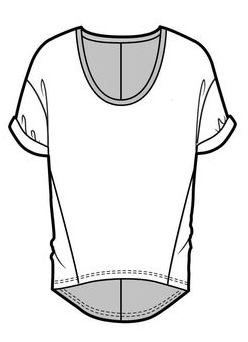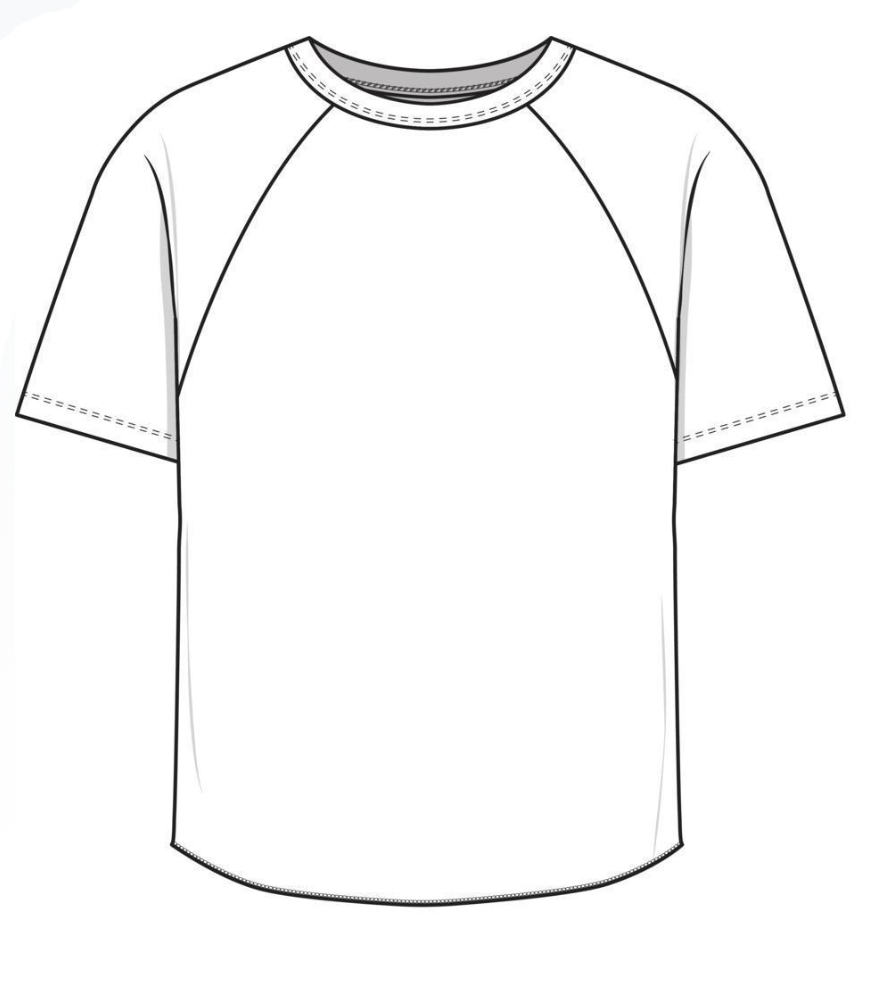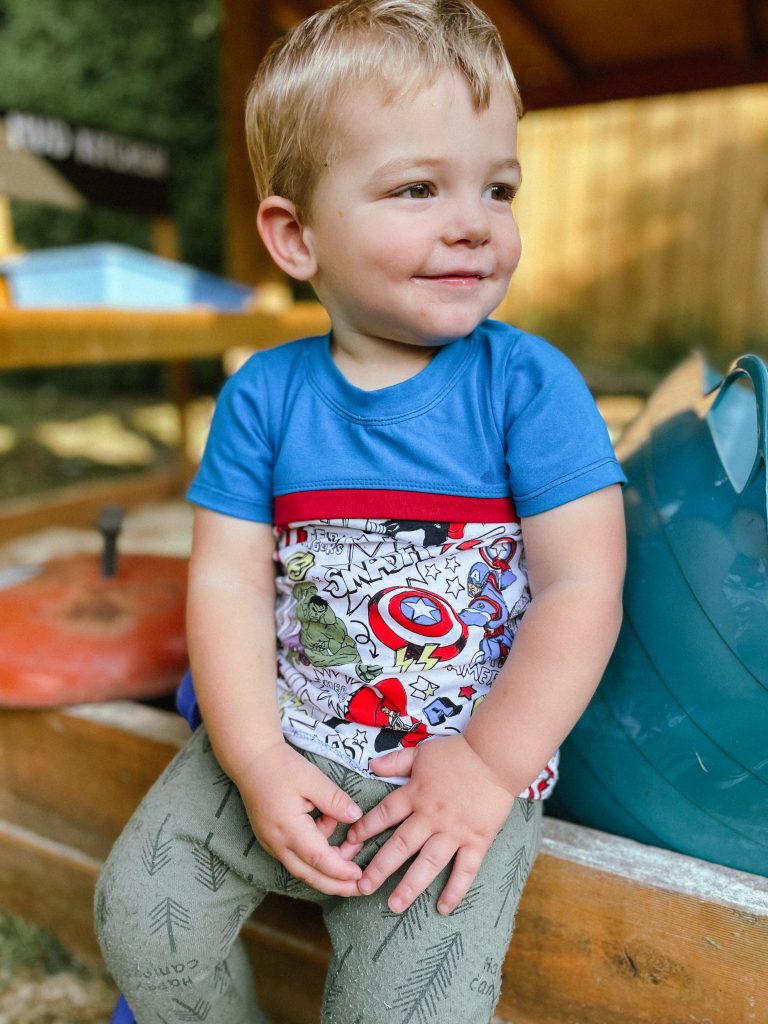7 Myths About Sewing with Stretch Fabrics
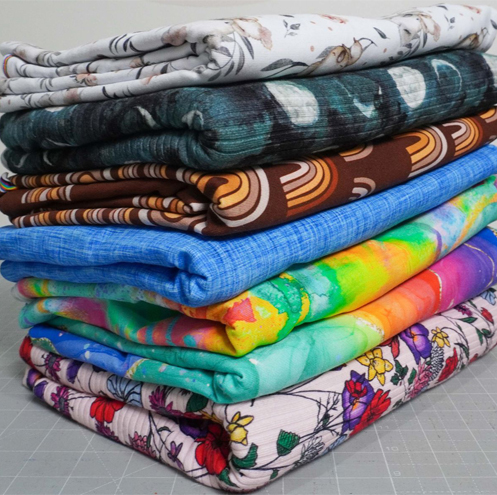 Exploring the world of stretch fabric sewing can lead to endless sewing opportunities. Particularly as stretch fabrics are used to make a large number of the ready-to-wear items that you see in stores. Their comfort and adaptability make them incredibly popular to wear. However, many people are afraid to get started with sewing stretch fabric sewing for fear of making mistakes.
Exploring the world of stretch fabric sewing can lead to endless sewing opportunities. Particularly as stretch fabrics are used to make a large number of the ready-to-wear items that you see in stores. Their comfort and adaptability make them incredibly popular to wear. However, many people are afraid to get started with sewing stretch fabric sewing for fear of making mistakes.
Read the 7 myths below to learn why you no longer need to be afraid of sewing with stretch fabrics. You will quickly learn that stretch fabrics aren’t hard, they are just different.
Myth #1: You Need a Special Sewing Machine
Reality: There’s a common belief that you need a Serger (otherwise known as an Overlocker) to tackle stretch fabrics. However, this isn’t the case! Your conventional, normal domestic sewing machine is all you need to start sewing with stretch cotton. Getting to understand how your machine works, including what settings and needles to use with stretch fabrics is a game changer!
Myth #2: Stretch Fabrics Are Too Unpredictable
Reality: While stretch fabrics are celebrated for their elasticity and adaptability, these characteristics should not be viewed as barriers. With the right skills and knowledge, you can master stretch cotton lycra and create garments that are comfortable, stylish and perfect for the whole family.
Myth #3: All Stretch Fabrics Are the Same
Reality: There are an infinite number of styles, colors, and types of stretch fabrics, each with unique properties and applications. Examining various styles, like as interlock, rib knit, and jersey, will significantly boost the range and quality of your work. Understanding the variety of stretch materials is a first step in becoming successful with their use.
Myth #4: Quality Stretch Fabric is Expensive
Reality: High quality doesn’t necessarily come with a high price tag. There are plenty of affordable stretch fabric options that don’t skimp on quality. Doing some basic research and with a little fabric know-how, you can uncover the ideal stretch fabric for your project without stretching your budget.
Myth #5: Sewing with Stretch Fabrics is Only for people who have being sewing for a long time and mastered non stretch fabrics
Reality: The misunderstanding may deter beginners in particular. However, the reality is that even novices can become excellent stretch fabric makers with the correct guidance and a willingness to learn. The key is to begin with basic methods and work your way up to more complex ones as you gain confidence and skills.
Myth #6: Stretch Fabrics Stretch Out and Lose Shape Easily
Reality: A stretch fabric garment’s longevity and ability to maintain its shape are primarily determined by the stitching technique used. Making use of the right stitch types and finishes—such as using a serger for seams or your sewing machine’s proper stretch stitch—guarantees that your items will hold their shape and fit over time.
Myth #7: You Can’t Achieve Professional Finishes with Stretch Fabrics
Reality: A common misconception is that garments made from stretch fabric are bound to look homemade. However, techniques like twin needling, coverstitching, and careful topstitching can really boost the finished look of your stretch fabric projects. These finishing touches not only increase durability but also give a professional look to your sewing projects.
Stretch fabrics open a whole new world of fun and gorgeous sewing projects, all you have to do is start!
Hopefully by busting these seven myths, I have encouraged you to give stretch fabrics a go and begin to discover the joy of sewing with stretch fabrics.
Never let mistaken beliefs prevent you from discovering all of the possibilities that your sewing projects might achieve.
With the right guidance and techniques, the universe of stretch fabrics is yours to explore!
What next?
Do you want to sew stretch fabric more confidently?
Join a community of like minded sewists who share knowledge, advice and encouragement. All supported by step by step Masterclasses and exclusive content.
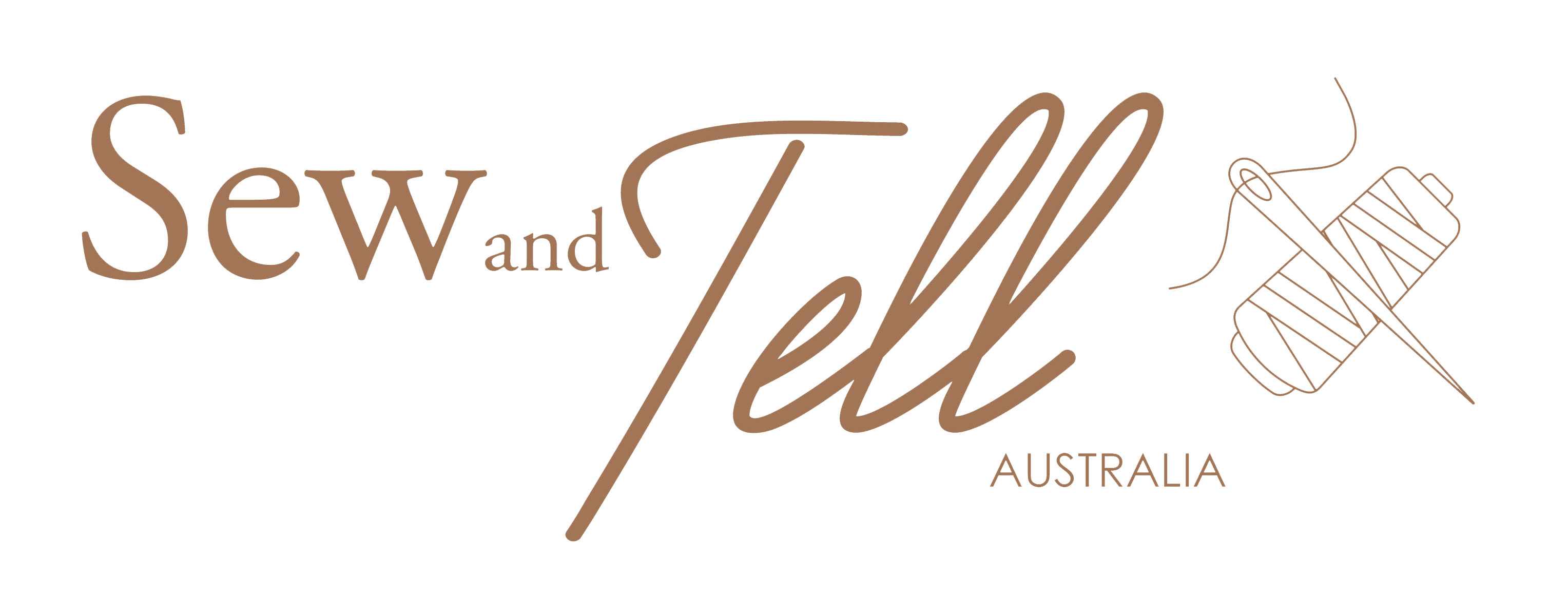
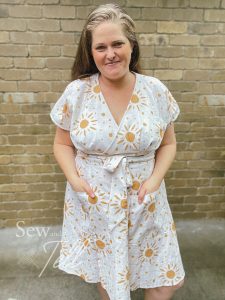
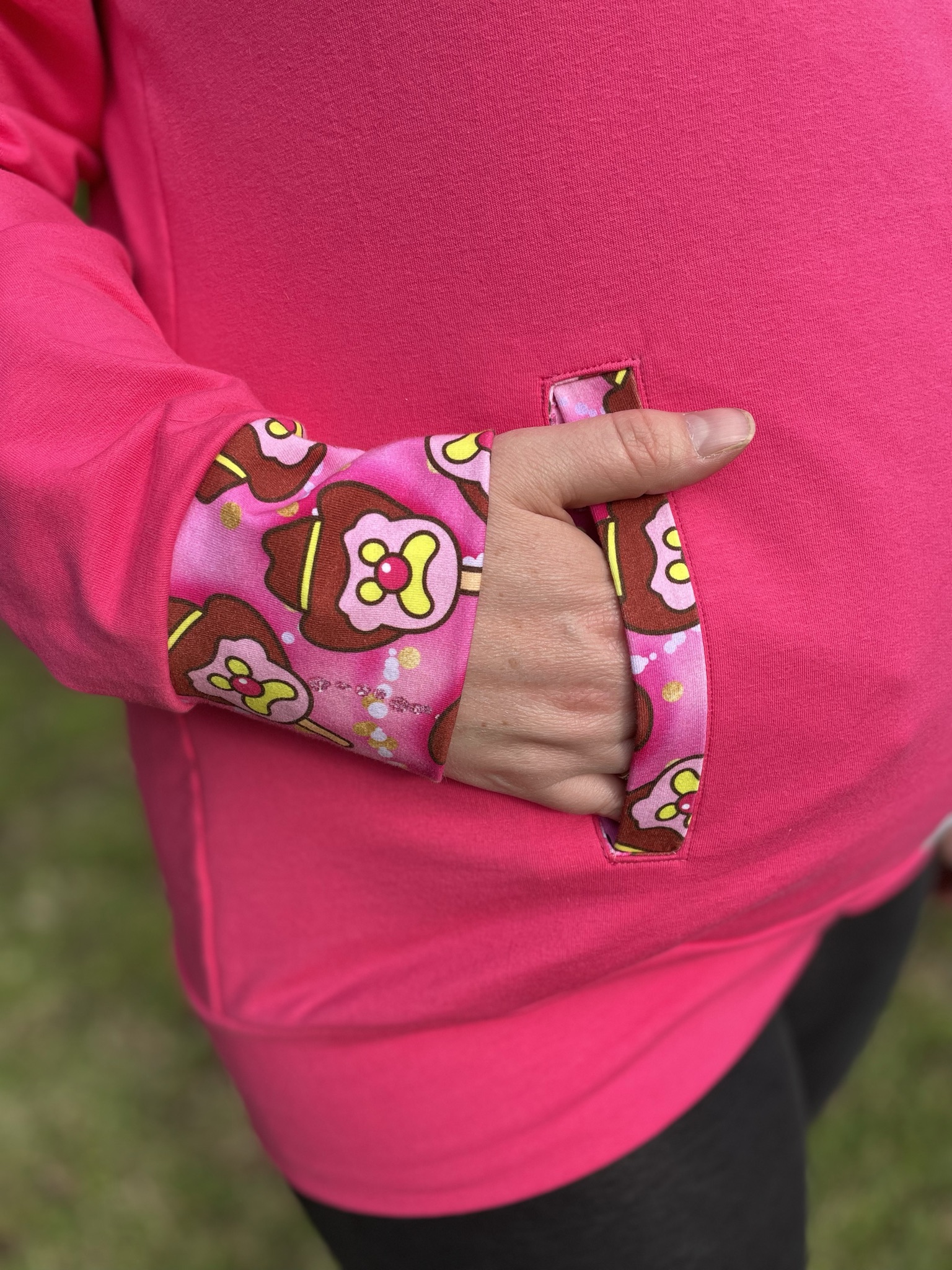 Pros:
Pros: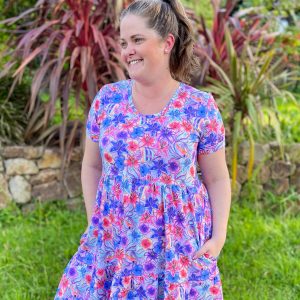 Pros:
Pros: 1. Mind Your Thread Tension
1. Mind Your Thread Tension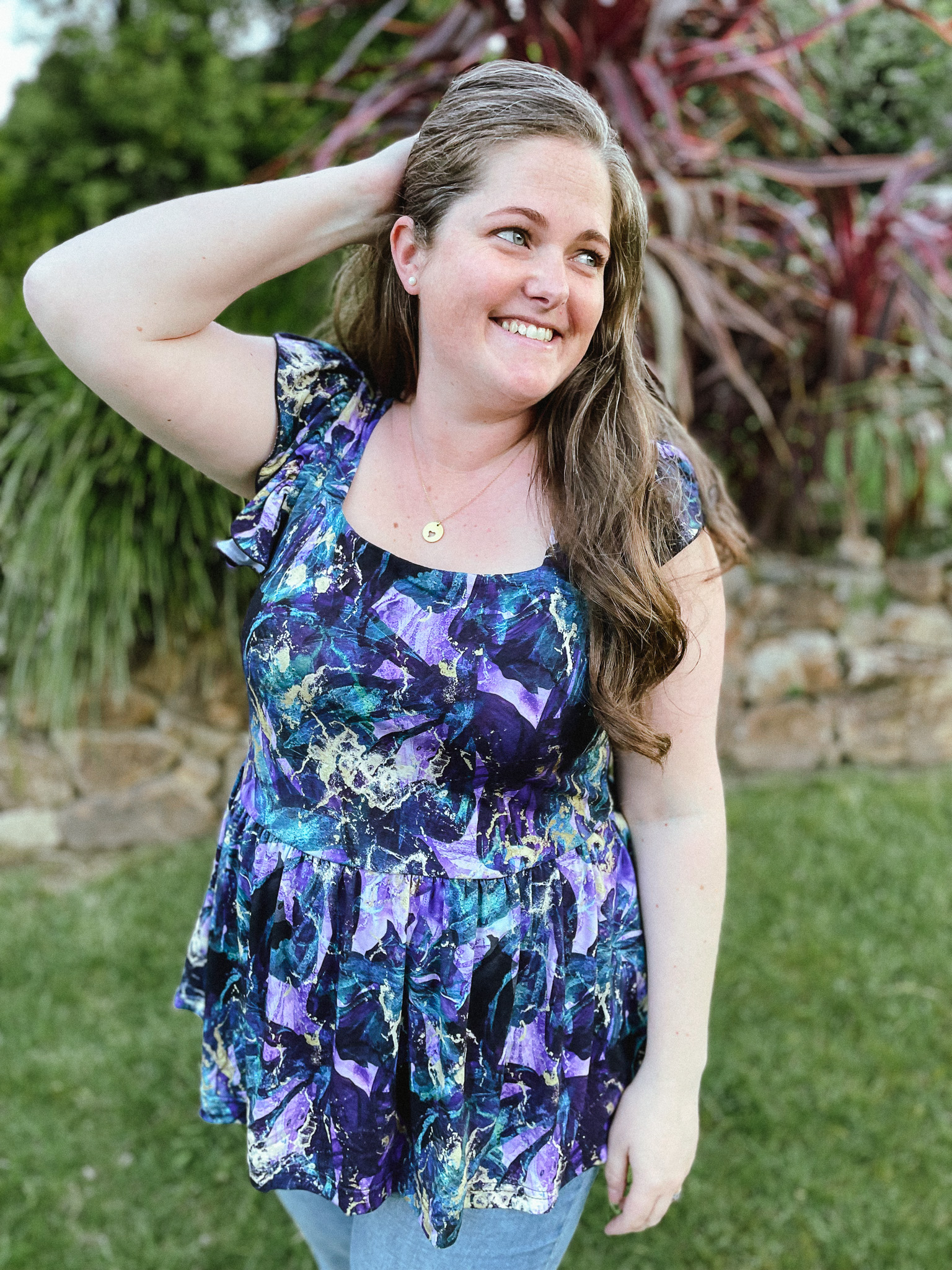 3. Use a Wooly Nylon or Maxi Lock Stretch thread
3. Use a Wooly Nylon or Maxi Lock Stretch thread

